January
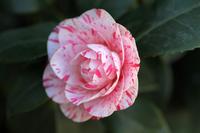
January is a good time to plant these flowering beauties. Both grow best in filtered shade and prefer acidic soil. Some varieties of azaleas have been developed to grow in sunnier locations. For a better chance at success, select you planting area before you shop for a plant, and then read the plant tag to see if your choice is compatible with where the plant will be placed. More information at growing camelias and growing azaleas.
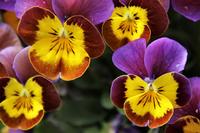
Flowering plants that do well during our cooler weather are cyclamen, pansies, violas, snapdragons, and more. Fertilize after planting to encourage strong growth.
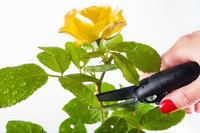
January is the ideal month to prune your existing roses and to plant new ones.
For rose shrubs, pruning involves first taking the height of the plant down by one third to one half. Since we don’t have snow in Orange County, we don’t need to prune roses down to a few inches above the ground.
Once the bush is reduced in height, it’s time to take down branches that cross, branches that grow into the center of the shrub, and anything thinner than a pencil. Suckers should also be removed from the base. Final cuts should be made at an angle above growth buds that face outward, resulting in a vase-shaped plant. All leaves should be removed and fallen leaves should be raked up and disposed of to reduce the spread of diseases or pests that were present the previous year.
This rose pruning video will show you how to proceed.
Planting new roses
First find a sunny location with room for your rose to grow. Dormant plants are available this time of year and will have a tag attached with a photo of the flower and planting instructions.
Dig a hole large enough that the roots can comfortably spread out without getting damaged. Build a cone of soil in the center of the hole and gently place the bare roots on top of it. Backfill remaining soil that you removed when digging the hole gently on top of the roots. Do not plant your rosebush too deep. The place where the flowering branches were grafted to the rootstock need to be above the soil.
Create a watering basin (4” H by 3” W) using soil around the base of the new rose or place a drip irrigation emitter 6” from the base of the rose. Add in 2” of mulch in the watering basin, but do not place mulch right up against the base of the rose.
You can read more about growing roses at this link.
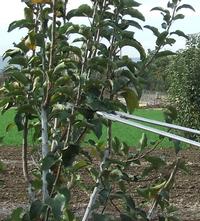
This is the month to prune deciduous fruit trees such as peach, pear, plum, and apple trees. Summer pruning can reduce height to keep the trees manageable in size, but winter pruning is done to encourage fruiting.
Pruning is done after all leaves have fallen. If a few leaves remain because of mild temperatures, these can be removed by running your hand along the branches from the tip toward the center of the tree. Old leaves can harbor pests, to they need to be raked up and removed from the area.
Pruning specifics depend of the variety of the tree. For example, apricot trees should not be pruned if rain is predicted because they are prone to fungal disease in damp weather. Sulfur should not be applied to apricot trees, although it can be used on other fruit trees.
After pruning, a dormant spray should be applied to prevent pest problems in the spring. For specifics on how to care for various trees, read about caring for fruit and nut trees .
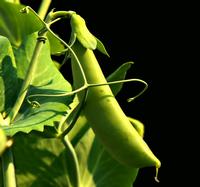
Cool season crops planted in the fall may be ready for harvest. Additional plants can be put in to extend the season using this vegetable planting chart.
Maintenance tasks
With relatively little to do for your outdoor plants, you can care for your indoor plants. Transplant, fertilize and/or trim off dead leaves, flowers, branches.
Set your annuals and perennials for success in the upcoming months by providing some new mulch in your flower beds and raking up dead leaves and branches from the flower beds.

